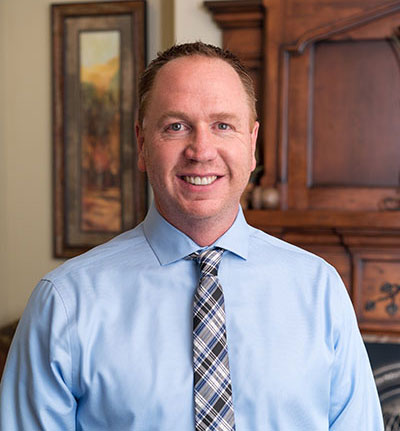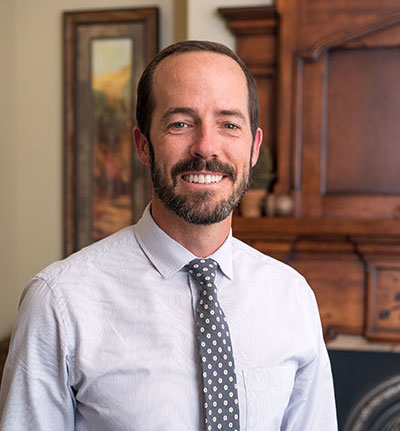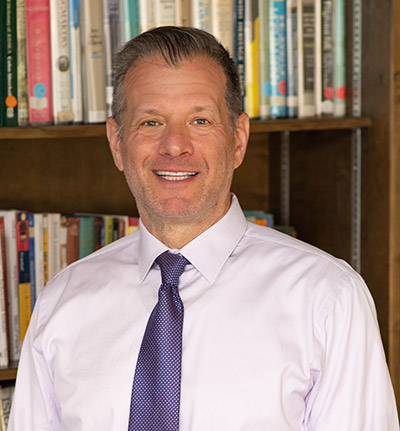South Ogden
Dental Implant treatment in South Ogden and Kaysville, UT
Premier Dental Implant Treatment and Periodontic Care
The Gold Standard in Periodontic and Dental Implant Treatment
When seeking solutions for dental implants and periodontic care, look no further than Cassity Implants and Periodontics. We are the gold standard in advanced periodontic and dental implant treatment. With an emphasis on overall patient well-being, we provide premium dental treatment in a welcoming environment led by industry experts.

One-Of-A-Kind Dental Treatment
At Cassity Implants and Periodontics, we lead with experience and compassion. Our experts offer a truly one-of-a-kind experience to each patient we treat. Our doctors have limited their practice in each of the disciplines of their specialty to bring our patients a highly specialized approach to their dental treatment.

Dental Implant Treatment
Dental implants can make a transformative difference for patients missing one or more teeth. At Cassity Implants and Periodontics, we provide an array of dental implant treatment options customized to suit our patient's unique needs, including:
- Single tooth implants
- Multiple tooth implants
- All-on-four implants
- Implant Restoration

Creating Natural-Looking, High-Performing Smiles
Dr. Cassity has limited his practice to the surgical placement of dental implants and subsequent procedures for proper site development, including advanced bone and tissue grafting. With our innovative techniques, we provide our patients with a renewed sense of confidence. Our customizable approach to dental implant treatment allows patients to achieve a natural-looking, high-performing smile.
Periodontic Dental
Treatment
Gum health is the cornerstone of optimal oral health. As renowned periodontal experts, we provide an array of periodontic treatments, including plans encompassing the prevention, diagnosis, and treatment of various stages of periodontal disease. Combining our state-of-the-art diagnostic equipment and time-honored experience makes us your partner in lasting gum health.
Our Specialties
With a passion for helping our patients achieve optimal oral health, we provide dental care that focuses on smile restoration and preventing periodontal conditions. Our specialties include the following:
- Dental implants
- Advanced grafting
- Soft tissue grafting
- Periodontal therapy
- Crown lengthening
- Tooth extractions
- Wisdom teeth removal
- Biopsies
- The LANAP Protocol

Why Our Patients Should Choose Us
Our experts can treat all aspects of periodontics and implant dentistry, allowing each doctor to apply their area of specialization for comprehensive patient care. Combining cutting-edge technology and our patient-centered approach, our unrivaled experience enables us to provide our patients with the most timely, high-quality care possible.
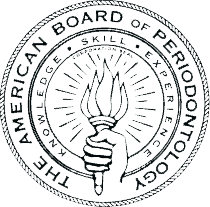



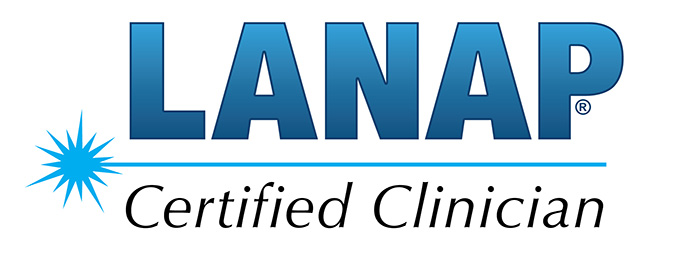

What You Can Expect
Our three doctors are backed by a wealth of experience and a track record of success. We take pride in remaining at the forefront of dental technology, ensuring our patients have access to only the best dental implant and periodontic treatment. Rely on us for a compassionate, full-stack approach to your oral health and comfort.
Cassity Implants and Periodontics
If you’re ready to experience the transformational difference between quality periodontic and dental implant treatment, Cassity Implants and Periodontics welcomes you. Our leading experts are here to enhance oral health with innovative solutions custom-tailored to your needs. Contact us today to schedule an appointment.
South Ogden
5331 Adams Ave Pkwy A
South Ogden, UT 84403
801-475-5577




